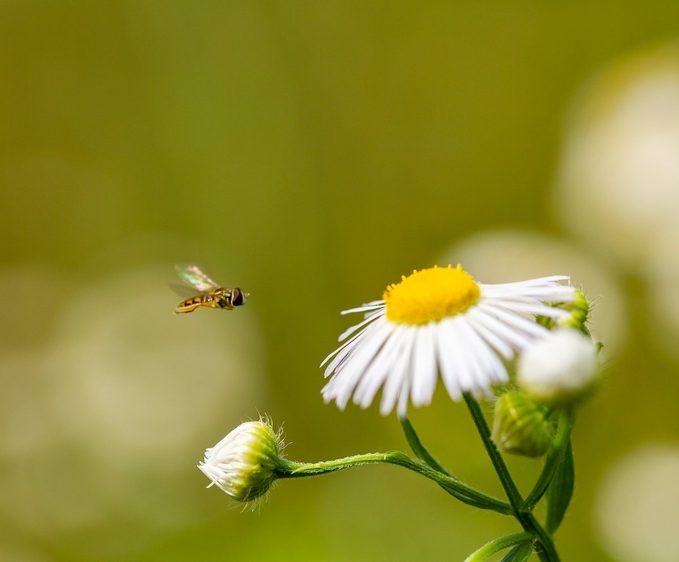How to Grow and Care for Heath Aster Plants
Updated: Aug. 28, 2023
Garden expert Melinda Myers explains how to grow and care for a heath aster plant, and why it's an excellent pick for backyard butterflies.
What Do Heath Aster Flowers Look Like?

“My husband insists this is a weed, but I don’t think it is. It appeared last summer. What is it?” asks Birds & Blooms reader Myrna Harris of Swedesboro, New Jersey.
Horticultural expert Melinda Myers says, “This blooming beauty looks like a North American native, heath aster (Aster ericoides). It flowers in late summer and early fall, making it a great source of nectar for late-season pollinators. Heath aster is also a host plant for the pearl crescent butterfly and the wavy-lined emerald moth. The plant grows 1 to 3 feet tall, is hardy in Zones 3 to 9, thrives in full sun and tolerates dry soils.”
Here’s why you should grow aster flowers in your butterfly garden.
Heath Aster Growing Tips and Benefits

Given that the reader’s plant above simply appeared one summer, it’s no shock that heath aster is easy to grow. As Melinda stated, this perennial grows well in full sun and dry soils, and provides gardeners and pollinators with gorgeous blooms late in the growing season. It also tolerates gravel soils and clay soils. Those looking to draw butterflies to their yard should definitely consider planting heath aster, since—as Melinda stated—it’s a host plant for a few species.
Note that this flower will self seed and can spread quickly, so give it some elbow room. Gardeners might need to stake the plants as they grow, as they become top heavy and might fall over.
Be on the lookout for deer and rabbits, as they occasionally feed on smaller seedlings. Keep an eye on the plants, too, for aster yellows disease—while it’s commonly known as a coneflower issue, it also affects other plants in the aster family.
If you’re amped about these pretty asters, there are many others you can add to your yard. Try Stokes’ aster, a purple-petaled hummingbird and butterfly favorite. Or investigate New England aster, another popular pollinator pick that comes in a wide array of colors, including red, pink, and purple. Also look for native climbing aster, sometimes known as Carolina aster.




















